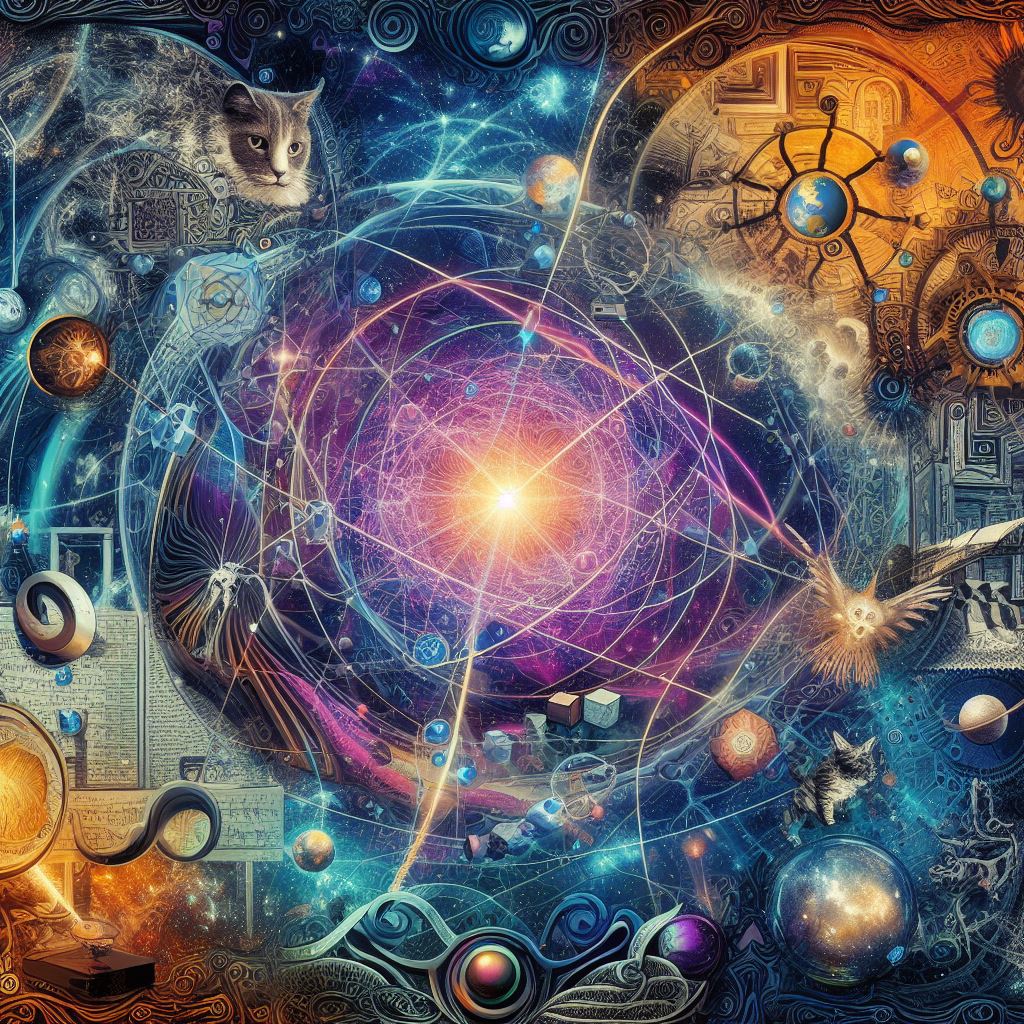
Exploring the Enigma of Parallel Universes
Introduction
The mysteries surrounding our universe are vast and, in many instances, beyond our current comprehension. One such enigma is the concept of a parallel universe or multiverse. Does another world, almost mirroring ours, exist out there? What are the scientific foundations of these ideas? Dive deep into the world of parallel universes and uncover these secrets.
1. What is a Parallel Universe?
A parallel universe, often referred to as an alternate reality or alternate world, is a hypothetical universe distinct from our own. It's crucial to understand its definition as it provides a foundation for the complex discussions that ensue.
2. Historical and Philosophical Roots
Historically, the idea of a parallel universe has fascinated philosophers and scientists alike.
-
Ancient Philosophies: Many ancient cultures toyed with the idea of alternate realities. For example, in some Eastern philosophies, there exists a belief in a multitude of realms beyond our own.
-
Modern Philosophers: Philosophers like Leibniz speculated about the existence of multiple realities. His principle of sufficient reason hinted at the possibility of worlds beyond our comprehension.
"The universe does not play dice with reality." — Albert Einstein
3. Quantum Mechanics and Parallel Universes
Quantum mechanics, a foundational theory in physics, provides some of the most compelling arguments for the existence of parallel universes.
-
Many-Worlds Interpretation: This interpretation suggests that every quantum event spawns new alternate realities. In other words, for every possible outcome of an event, there's a separate universe.
-
Quantum Superposition: The famous thought experiment of Schrödinger's cat postulates that until observed, particles exist in multiple states. This could be extrapolated to suggest that reality itself might exist in multiple states until observed.
4. Observational and Theoretical Evidence
Theoretical Evidence:
- String Theory: A theory suggesting that our universe is just one of countless bubbles in a vast multiverse. It is the hope of some scientists that string theory will provide a unified explanation of gravity and particle physics.
Observational Evidence:
- Cosmic Inflation and the Multiverse: Cosmic inflation could spawn numerous different universes with different properties. Some regions could go on expanding faster than others, leading to a "bubble" universe scenario.
However, it's worth noting that direct evidence for parallel universes has not yet been observed, and these concepts remain theoretical.
5. Debates and Controversies
While the concept is tantalizing, it's rife with controversy. Many physicists argue that since parallel universes are not observable, they fall outside the realm of empirical science.
- Notable Arguments: Critics often cite Occam's razor, the idea that the simplest explanation is usually the right one. If multiverse theories require too many assumptions, are they still valid?
6. Societal Impact and Popular Culture
Parallel universes have been a staple in literature, films, and TV series. This concept challenges our understanding of reality and has inspired countless science fiction tales.
-
Books & Movies: Popular culture offerings like the "His Dark Materials" series and films like "Sliding Doors" and "The One" toy with the idea of parallel realities.
-
Philosophical Implications: If parallel universes exist, they could challenge our notions of identity, destiny, and even morality. What does it mean for our choices if every possible outcome happens in a different universe?
Conclusion
Parallel universes present a tantalizing mystery, one at the intersection of philosophy, physics, and even pop culture. Whether they exist or are simply a product of human imagination, they push the boundaries of our understanding and challenge us to think beyond the confines of our known reality.
“It is often said that there is no such thing as a free lunch, but the universe is the ultimate free lunch.” — Stephen Hawking
References:
- Greene, B. (2011). The Hidden Reality: Parallel Universes and the Deep Laws of the Cosmos. New York: Alfred A. Knopf.
- Hawking, S. (2001). The Universe in a Nutshell. Bantam Books.
- Tegmark, M. (2014). Our Mathematical Universe: My Quest for the Ultimate Nature of Reality. Knopf.
- Various articles from "Nature", "Science", and "Physical Review Letters".





